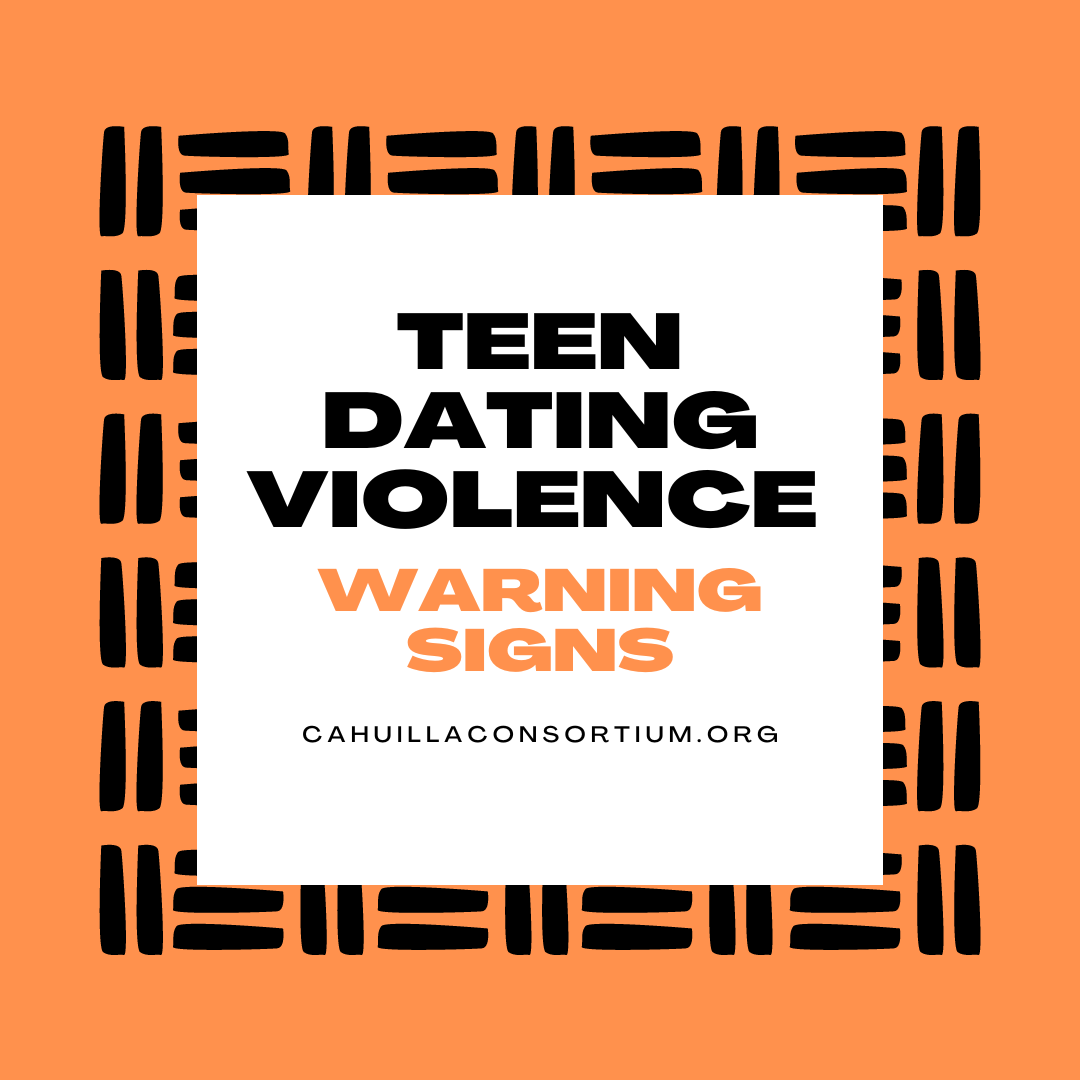Teen Dating Violence - The Warning Signs

2023 is off to a speedy start already! Now that it is February, it means it is also time to increase awareness regarding Teen Dating Violence. Regrettably, like many other violence statistics, the American Indian/Alaska Native population are affected by Teen Dating Violence at a higher rate. Surveys from the Center for Disease Control (CDC) estimate that the rate of violence among the AI/AN teen population is at nearly 5% higher than their peers. To put this into a bit more perspective, in 2018 a CDC survey found that 1 in 11 females and 1 in 15 males in high school experienced physical dating violence.
This month, we will be examining teen dating violence within a 3-part series identifying the signs of teen dating violence, preventing teen dating violence, and examining what a healthy relationship is. With that being said, we will now examine the signs of teen dating violence.
The Warning Signs:
Though no two relationships or victimizations look the same, be sure to express caution if you/your child’s partner express any of the following.
- Extreme jealousy and or outwardly expressed insecurities
- Possessiveness or controlling behaviors
- Attempts to isolate you from loved ones
- Keeps consistent tabs on you (and potentially accesses your phone, social media, emails without permission)
- Erratic mood swings and outbursts
- Consistent pressure to have sex or forced sex
As mentioned, not every abusive relationship expresses the same warning signs of abuse. However, many abusive partners exhibit these signs. So, if you do see these signs either in your partner or the partner of a youth member around you, we encourage you to seek assistance.
https://www.csvanw.org/resources/what-is-teen-dating-violence/